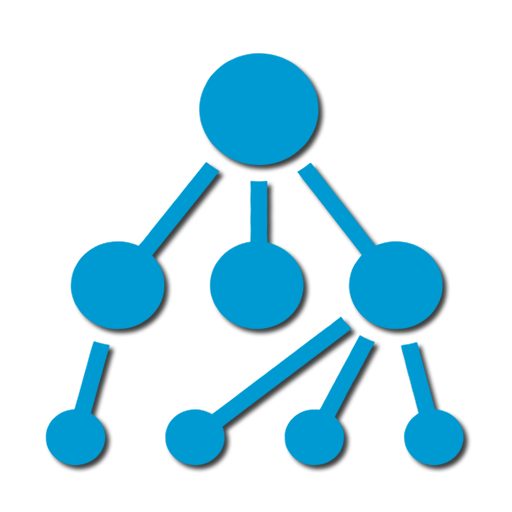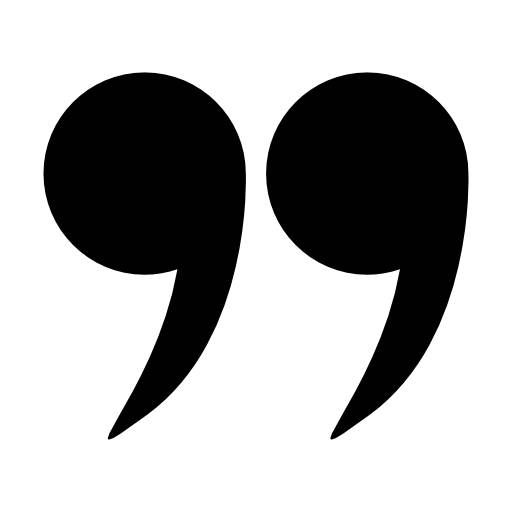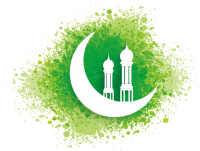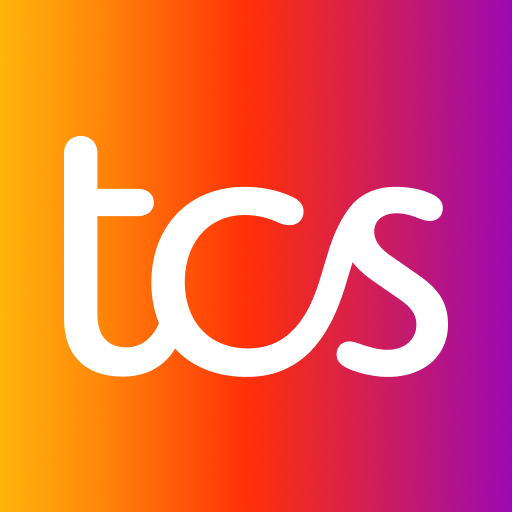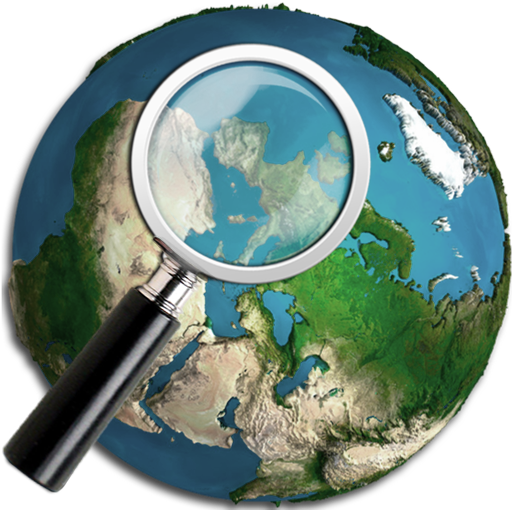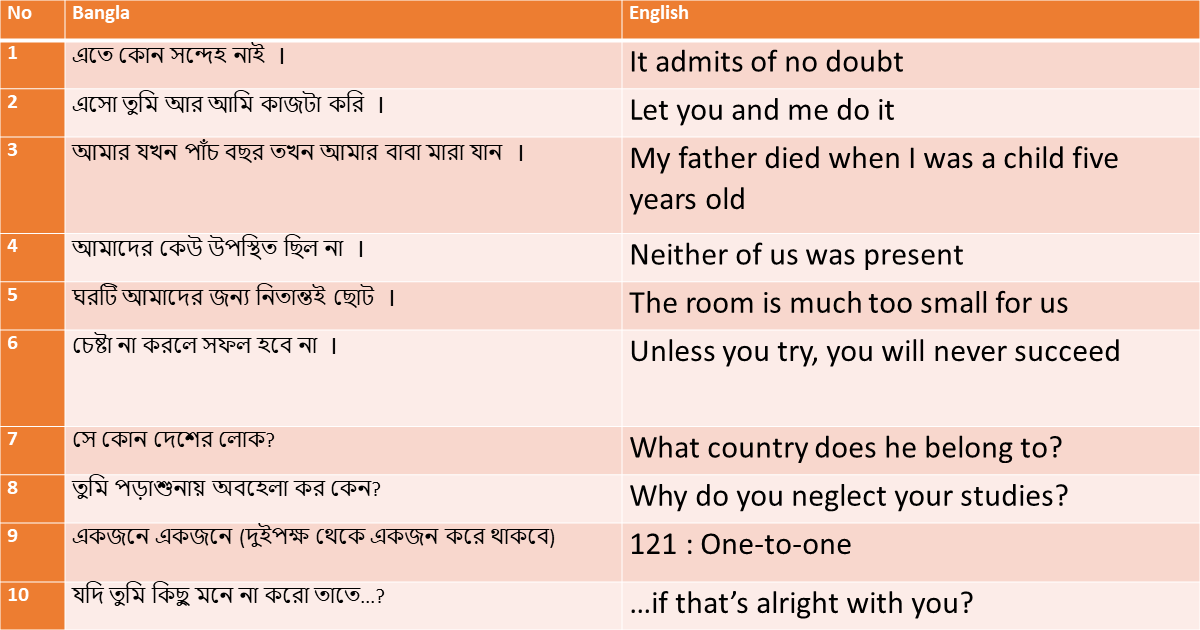Top 10 International Organizations
Unity is the strength, that's why to solve general issues of the world we create lots of international organizations like United Nations, World Bank etc.
Here is a list of top 10 International Organizations according to me-
#10. World Health Organization
The World Health Organization (WHO) is a specialized agency of the United Nations that is concerned with international public health. It was established on 7 April 1948, headquartered in Geneva, Switzerland. The WHO is a member of the United Nations Development Group. Its predecessor, the Health Organization, was an agency of the League of Nations.

The constitution of the World Health Organization had been signed by 61 countries on 22 July 1946, with the first meeting of the World Health Assembly finishing on 24 July 1948. It incorporated the Office international d'hygiene publique and the League of Nations Health Organization. Since its creation, it has played a leading role in the eradication of smallpox. Its current priorities include communicable diseases, in particular HIV/AIDS, Ebola, malaria and tuberculosis; the mitigation of the effects of non-communicable diseases; sexual and reproductive health, development, and ageing; nutrition, food security and healthy eating; occupational health; substance abuse; and driving the development of reporting, publications, and networking.
The WHO is responsible for the World Health Report, the worldwide World Health Survey, and World Health Day. The Director-General of WHO is Tedros Adhanom who started his five-year term on 1 July 2017.
#9. United Nations Children's Fund
The United Nations Children's Fund is a United Nations (UN) programme headquartered in New York City that provides humanitarian and developmental assistance to children and mothers in developing countries. It is a member of the United Nations Development Group.
The United Nations International Children's Emergency Fund was created by the United Nations General Assembly on 11 December 1946, to provide emergency food and healthcare to children in countries that had been devastated by World War II. The Polish physician Ludwik Rajchman is widely regarded as the founder of UNICEF and served as its first chairman from 1946. On Rajchman's suggestion, the American Maurice Pate was appointed its first executive director, serving from 1947 until his death in 1965. In 1950, UNICEF's mandate was extended to address the long-term needs of children and women in developing countries everywhere. In 1953 it became a permanent part of the United Nations System, and the words "international" and "emergency" were dropped from the organization's name, making it simply the United Nations Children's Fund, retaining the original acronym, "UNICEF".

UNICEF relies on contributions from governments and private donors, UNICEF's total income for 2015 was US$5,009,557,471. Governments contribute two-thirds of the organization's resources. Private groups and individuals contribute the rest through national committees. It is estimated that 92 per cent of UNICEF revenue is distributed to programme services. UNICEF's programmes emphasize developing community-level services to promote the health and well-being of children. UNICEF was awarded the Nobel Peace Prize in 1965 and the Prince of Asturias Award of Concord in 2006.
Most of UNICEF's work is in the field, with staff in over 190 countries and territories. More than 200 country offices carry out UNICEF's mission through programmes developed with host governments. Seven regional offices provide technical assistance to country offices as needed.
UNICEF's Supply Division is based in Copenhagen and serves as the primary point of distribution for such essential items as vaccines, antiretroviral medicines for children and mothers with HIV, nutritional supplements, emergency shelters, family reunification, and educational supplies. A 36-member executive board establishes policies, approves programmes and oversees administrative and financial plans. The executive board is made up of government representatives who are elected by the United Nations Economic and Social Council, usually for three-year terms.
#8. United Nations Educational, Scientific and Cultural Organization
The United Nations Educational, Scientific and Cultural Organization (UNESCO) is a specialized agency of the United Nations (UN) based in Paris. Its declared purpose is to contribute to peace and security by promoting international collaboration through educational, scientific, and cultural reforms in order to increase universal respect for justice, the rule of law, and human rights along with fundamental freedom proclaimed in the United Nations Charter. It is the successor of the League of Nations' International Committee on Intellectual Cooperation.

UNESCO has 195 member states and ten associate members. Most of its field offices are "cluster" offices covering three or more countries; national and regional offices also exist.
UNESCO pursues its objectives through five major programs: education, natural sciences, social/human sciences, culture and communication/information. Projects sponsored by UNESCO include literacy, technical, and teacher-training programmes, international science programmes, the promotion of independent media and freedom of the press, regional and cultural history projects, the promotion of cultural diversity, translations of world literature, international cooperation agreements on secure the world cultural and natural heritage (World Heritage Sites) and to preserve human rights, and attempts to bridge the worldwide digital divide. It is also a member of the United Nations Development Group.
UNESCO's aim is "to contribute to the building of peace, the eradication of poverty, sustainable development and intercultural dialogue through education, the sciences, culture, communication and information". Other priorities of the organization include attaining quality Education For All and lifelong learning, addressing emerging social and ethical challenges, fostering cultural diversity, a culture of peace and building inclusive knowledge societies through information and communication.
Formation day of UNESCO is 16th November 1945.
#7. BRICS
BRICS is the acronym for an association of five major emerging national economies: Brazil, Russia, India, China and South Africa. Originally the first four were grouped as "BRIC" (or "the BRICs"), before the induction of South Africa in 2010. The BRICS members are all leading developing or newly industrialized countries, but they are distinguished by their large, sometimes fast-growing economies and significant influence on regional affairs; all five are G-20 members. Since 2009, the BRICS nations have met annually at formal summits. China hosted the 9th BRICS summit in Xiamen on September 3rd, 4th and 5th, 2017. The term does not include countries such as South Korea, Mexico and Turkey for which other acronyms and group associations were later created.

As of 2015, the five BRICS countries represent over 3.6 billion people, or about 41% of the world population; all five members are in the top 25 of the world by population, and four are in the top 10. The five nations have a combined nominal GDP of US$16.6 trillion, equivalent to approximately 22% of the gross world product, combined GDP (PPP) of around US$37 trillion and an estimated US$4 trillion in combined foreign reserves. Overall the BRICS are forecasted to expand 4.6% in 2016, from an estimated growth of 3.9% in 2015. The World Bank expects BRICS growth to pick up to 5.3% in 2017. The BRICS have received both praise and criticism from numerous commentators. Bilateral relations among BRICS nations have mainly been conducted on the basis of non-interference, equality, and mutual benefit.
Currently, there are two components that make up the financial architecture of BRICS, namely, the New Development Bank (NDB) and the Contingent Reserve Arrangement (CRA). Both of these components were signed into treaty in 2014 and became active in 2015.
#6. Group of 7
The G7 originates with the Group of Six. It was founded in 1975, consisting of finance ministers and central bank governors from France, West Germany, Italy, Japan, the United Kingdom and the United States, when Giscard d'Estaing invited them for an "informal gathering at the chateau of Rambouillet, near Paris in a relaxed and private setting". The intent was "to discuss current world issues (dominated at the time by the oil crisis) in a frank and informal manner”. The G6 followed an unofficial gathering starting in 1974 of senior financial officials from the United States, the United Kingdom, West Germany, Japan and France. They were called the "Library group" or the "Group of Five" because they met informally in the White House Library in Washington, DC.

Canada became the seventh member to begin attending the summits in 1976, after which the name 'Group 7' or G7 Summit was used.
Following 1994's G7 summit in Naples, Russian officials held separate meetings with leaders of the G7 after the group's summits. This informal arrangement was dubbed the Political 8 (P8) - or, colloquially, the G7+1. At the invitation of Prime Minister of the United Kingdom Tony Blair and President of the United States Bill Clinton, Russian President Boris Yeltsin was invited first as a guest observer, later as a full participant. It was seen as a way to encourage Yeltsin's capitalist reforms. After the 1997 meeting Russia was formally invited to the next meeting and formally joined the group in 1998, resulting in a new governmental political forum, the Group of Eight, or G8. However, Russia was ejected from the G8 political forum in 2014 following the Russian annexation of Crimea.
The Group of 7 (G7) is a group consisting of Canada, France, Germany, Italy, Japan, the United Kingdom and the United States. These countries represent more than 64% of the net global wealth ($263 trillion) and all have a very high Human Development Index. The G7 countries also represent 46% of the global GDP evaluated at market exchange rates and 32% of the global purchasing power parity GDP. The European Union is also represented within the G7.
#5. North Atlantic Treaty Organization
The North Atlantic Treaty Organization, also called the North Atlantic Alliance, is an intergovernmental military alliance between several North American and European states based on the North Atlantic Treaty that was signed on 4 April 1949.

NATO constitutes a system of collective defence whereby its member states agree to mutual defence in response to an attack by any external party. Three NATO members (the United States, France and the United Kingdom) are permanent members of the United Nations Security Council with the power to veto and are officially nuclear-weapon states. NATO Headquarters are located in Haren, Brussels, Belgium, while the headquarters of Allied Command Operations is near Mons, Belgium.
NATO is an alliance that consists of 29 independent member countries across North America and Europe. An additional 21 countries participate in NATO's Partnership for Peace program, with 15 other countries involved in institutionalized dialogue programs. The combined military spending of all NATO members constitutes over 70% of the global total. Members' defense spending is supposed to amount to at least 2% of GDP. Official language of NATO is English and French.
#4. The International Monetary Fund
The International Monetary Fund (IMF) is an international organization headquartered in Washington, D.C., of "189 countries working to foster global monetary cooperation, secure financial stability, facilitate international trade, promote high employment and sustainable economic growth, and reduce poverty around the world." Formed in 1944 at the Bretton Woods Conference primarily by the ideas of Harry Dexter White and John Maynard Keynes, it came into formal existence in 1945 with 29 member countries and the goal of reconstructing the international payment system. It now plays a central role in the management of balance of payments difficulties and international financial crises. Countries contribute funds to a pool through a quota system from which countries experiencing balance of payments problems can borrow money. As of 2016, the fund had SDR477 billion (about $668 billion).

Through the fund, and other activities such as the gathering of statistics and analysis, surveillance of its members' economies and the demand for particular policies, the IMF works to improve the economies of its member countries. The organisation's objectives stated in the Articles of Agreement are: to promote international monetary co-operation, international trade, high employment, exchange-rate stability, sustainable economic growth, and making resources available to member countries in financial difficulty.
#3. World Bank
Motto: Working of a world free of propertyThe World Bank is an international financial institution that provides loans to countries of the world for capital programs. It comprises two institutions: the International Bank for Reconstruction and Development (IBRD), and the International Development Association (IDA). The World Bank is a component of the World Bank Group. The World Bank's stated official goal is the reduction of poverty. However, according to its Articles of Agreement, all its decisions must be guided by a commitment to the promotion of foreign investment and international trade and to the facilitation of capital investment.

The World Bank was created at the 1944 Bretton Woods Conference, along with three other institutions, including the International Monetary Fund (IMF). The president of the World Bank is, traditionally, an American. The World Bank and the IMF are both based in Washington, D.C., and work closely with each other.
Although many countries were represented at the Bretton Woods Conference, the United States and United Kingdom were the most powerful in attendance and dominated the negotiations.
Formation year of World Bank is 1945 and parent organization of World Bank is World Bank Group.
The World Bank Group consists of five organizations:
#1. The International Bank for Reconstruction and Development-
The International Bank for Reconstruction and Development (IBRD) lends to governments of middle-income and creditworthy low-income countries.
#2. The International Development Association-
The International Development Association (IDA) provides interest-free loans - called credits - and grants to governments of the poorest countries.
Together, IBRD and IDA make up the World Bank.#3. The International Finance Corporation-
The International Finance Corporation (IFC) is the largest global development institution focused exclusively on the private sector. We help developing countries achieve sustainable growth by financing investment, mobilizing capital in international financial markets, and providing advisory services to businesses and governments.
#4. The Multilateral Investment Guarantee Agency-
The Multilateral Investment Guarantee Agency (MIGA) was created in 1988 to promote foreign direct investment into developing countries to support economic growth, reduce poverty, and improve people’s lives. MIGA fulfils this mandate by offering political risk insurance (guarantees) to investors and lenders.
#5. The International Centre for Settlement of Investment Disputes-
The International Centre for Settlement of Investment Disputes (ICSID) provides international facilities for conciliation and arbitration of investment disputes.
#2. World Trade Organization:
The World Trade Organization (WTO) is an intergovernmental organization that regulates international trade. The WTO officially commenced on 1 January 1995 under the Marrakesh Agreement, signed by 123 nations on 15 April 1994, replacing the General Agreement on Tariffs and Trade (GATT), which commenced in 1948. It is the largest international economic organization in the world.

The WTO deals with regulation of trade between participating countries by providing a framework for negotiating trade agreements and a dispute resolution process aimed at enforcing participants' adherence to WTO agreements, which are signed by representatives of member governments and ratified by their parliaments. Most of the issues that the WTO focuses on derive from previous trade negotiations, especially from the Uruguay Round (1986-1994).
Now, member states of WTO is 164. Official language of WTO is English, French and Spanish. Headquarters of WTO located at Geneva, Switzerland.
#1. United Nations
The United Nations (UN) is an intergovernmental organization tasked to promote international co-operation and to create and maintain international order. A replacement for the ineffective League of Nations, the organization was established on 24 October 1945 after World War II in order to prevent another such conflict. The headquarters of the UN is in Manhattan, New York City. And others main offices are situated in Geneva, Nairobi, and Vienna.

The organization is financed by assessed and voluntary contributions from its member states. The UN had 193 member states. Its objectives include maintaining international peace and security, promoting human rights, fostering social and economic development, protecting the environment, and providing humanitarian aid in cases of famine, natural disaster, and armed conflict. The UN is the largest, most familiar, most internationally represented and most powerful intergovernmental organization in the world. UN has six official languages, these are Arabic, Chinese, English, French, Russian and Spanish.
References: wikipedia,wto.org,who.int




